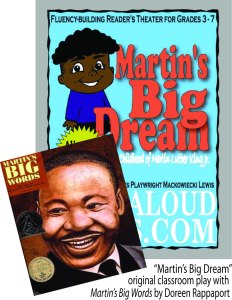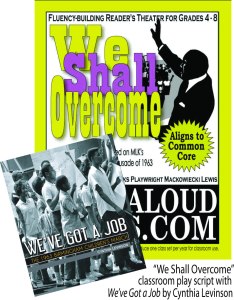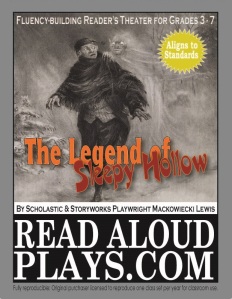1. Don’t bother! Just ignore that cough. Cancel that meeting. Show up to class with a box of Kleenex and a bottle of DayQuil.
2. Don’t bother. Let the sub fend for him- or herself.
3. Don’t bother. Put a kid in charge instead. Your students can tell the sub where to find all the “worksheets,” the tempera paints, the science chemicals….
4. Stay up late. Use the night before to get all those sub notes written out. Why not? You’re gonna sleep all day tomorrow, right?
5. Go in early. You’ll probably already be up and retching at 4 a.m. anyway.
6. Give ’em more screen time. Plug the kids into to computerized programs that pacify them just like their devices do at home. Or leave a collection of Disney movies and Bill Nye videos on your desk.
7. Copy. Leave the same sub plans your neighboring teacher used last week and hope the sub can adjust.
8. Hope for a snow day.
9. Or, download EZSubPlans. It’s the easiest and most professional way to prepare for a sub. We all know preparing for a sub is tedious and time consuming, but it doesn’t have to be. Just click, print, and relax! Rather than staying up late, showing up sick, or throwing your sub under the bus, give our emergency lesson plans a try. Because they provide your students with quality, standards-based lessons that don’t interfere with your regular instruction or require special materials, EZSubPlans represent good practice. And they’re just a click away. Download your EZSubPlans today so you’re prepared tomorrow!
Whether a classroom teacher, substitute, or administrator, EZSubPlans will provide you with inexpensive, kid-tested plans at the touch of a button. Each EZSubPlans package includes at least seven hours of grade-specific lessons designed to make your next absence easy and worry-free. Classroom teachers wanting to avoid the frustrating and time-consuming process of preparing for an absence and substitute teachers needing back-up material will find everything they need with EZSubPlans. Days are labeled by grade level, but each can be easily adapted to suit one grade level up or down. A fifth grade teacher, for example, could use the lesson plans for grades 4, 5, and 6–that’s six days in all. Each set includes a reading text and comprehension exercise, a spiraling math activity with extensions, a grammar lesson, an art project, a writing task, and even opening and closing activities. Teachers need only to download and print–the sub does everything else.
How much is a stress-free sub day worth? Who can say? How much does a stress-free sub day cost? Just $5 a day with EZSubPlans. Click here for more information about EZSubPlans or click here to preview or purchase at TeachersPayTeachers.



















